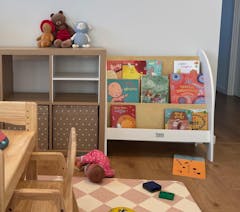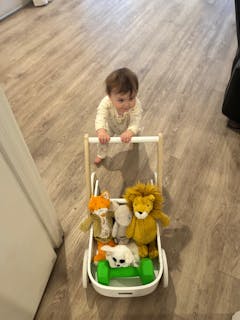-
$55.20
$64.95Unit price /Unavailable -
-
VIGA Wooden Ironing Board Practical Life
$55.20$64.95Unit price /Unavailable -
$29.70
$34.95Unit price /Unavailable -
$29.70
$34.95Unit price /Unavailable -
From $25.45
$29.95Unit price /Unavailable -
$38.20
$44.95Unit price /Unavailable -
-
-
-
-
-
-
$21.20
$24.95Unit price /Unavailable -
-
-
-
$4.20
$4.95Unit price /Unavailable -
$5.90
$6.95Unit price /Unavailable -
$42.45
$49.95Unit price /Unavailable -
$5.90
$6.95Unit price /Unavailable -
-
$5.05
$5.95Unit price /Unavailable -
$5.90
$6.95Unit price /Unavailable -
$4.20
$4.95Unit price /Unavailable -
English Shepherd Dog Wooden Animal
$3.35$3.95Unit price /Unavailable -
$4.20
$4.95Unit price /Unavailable -
$4.20
$4.95Unit price /Unavailable -
$5.05
$5.95Unit price /Unavailable -
Tyrannosaurus Rex Wooden Dinosaur
$5.90$6.95Unit price /Unavailable -
$5.90
$6.95Unit price /Unavailable -
$46.70
$54.95Unit price /Unavailable











































































